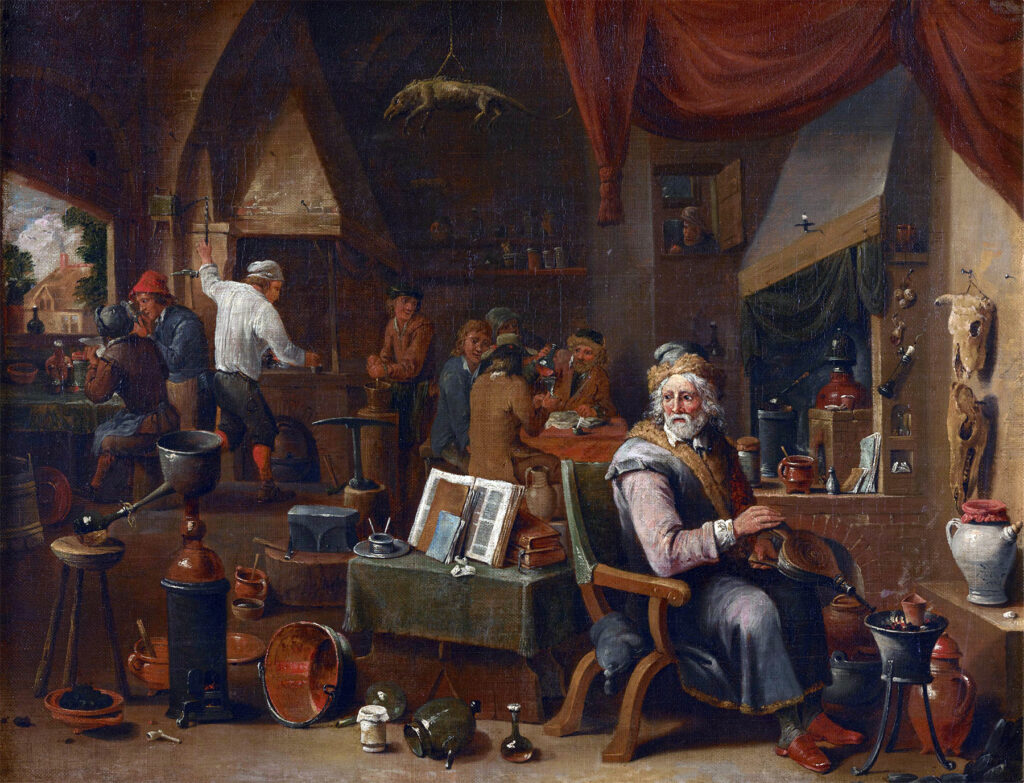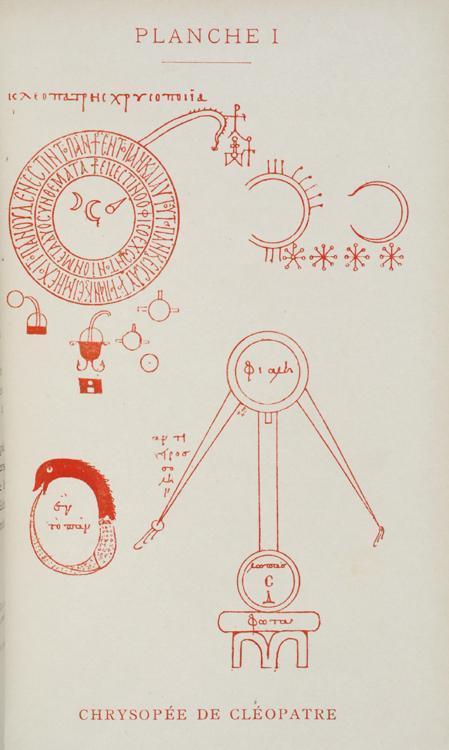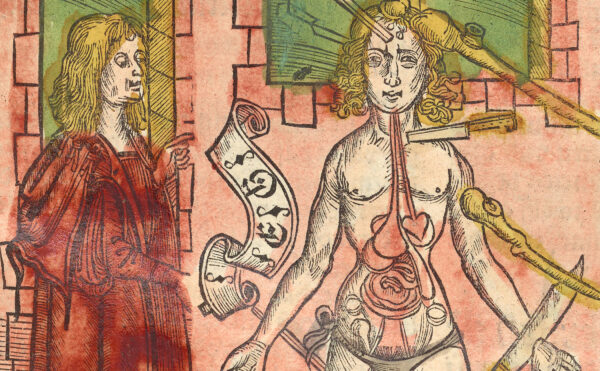Lawrence Principe. The Secrets of Alchemy. Chicago: University of Chicago Press, 2013. 288 pp. $25 cloth; $15 paper.
Chemists don’t worship their ancestors, but like most anyone else they would prefer them to have been hardworking, upstanding citizens of the republic of science. For a long time alchemists have been the black sheep of the family of chemists. Historian and chemist Lawrence Principe has done chemists and the wider world a favor by repainting these sheep in—if not white—all the vivid colors made possible by chemistry.
Principe has not been alone in reclaiming alchemy; historians of science have been reassessing alchemists and their work for the past 30 or so years. But he is one of the few historians with the skill to re-create and understand the chemical processes of alchemists and to write about alchemy in a manner that will engage both chemists and those whose only connection to the subject is Harry Potter.
The Secrets of Alchemy traces alchemy from its origins in Hellenized Egypt of the first few centuries of the Common Era to the present. Within this broad historical sweep are many fascinating nuggets: one of the best alchemists of the 17th century was an American writing under the pseudonym Eirenaeus Philalethes, who taught Robert Boyle his chemistry and who may have isolated platinum. Another passage touches on alchemists’ level of chemical sophistication, including the ability to use chlorine gas to make red crystals of gold chloride, a process that was lost and only rediscovered and understood in the late 19th century. And a third tale recounts a Roman emperor’s attempt to destroy alchemy almost at its birth, most likely because he feared the debasing effects successful gold making would have on his currency.
The earliest surviving recipes from Egypt tell the reader how to use cheaper materials to imitate the appearance of gold, silver, and jewels. The makers of these objects were artisans who treated their techniques as trade secrets. Only in the 3rd century CE did the idea of making real gold emerge, and with it the alchemist. While alchemists could clearly transmute matter into other forms, why did they believe they could transmute base metals into gold? Principe argues that the birth of alchemy required the interaction of two very separate traditions: “practical artisanal knowledge . . . and theoretical speculations about the nature of matter and change present in Greek natural philosophy” (p. 13). This marriage of practice and theory would last well over a thousand years and underpinned alchemists’ understanding of their everyday chemical manipulations as well as their faith that making gold was possible.
Alchemists believed metallic elements to be compound substances. So, for example, metals were composed of varying amounts of mercury and sulfur. Observation seemed to show that metals grew and matured underground. In mines lead ore often included silver, and silver ore often contained gold. Contemporaries would have recognized this as “base metals . . . constantly being transformed naturally underground into more noble ones, as their compositions were slowly altered by the action of subterranean heat and water” (pp. 109–110). After medieval arguments about whether humans could successfully imitate nature were dealt with, there were no theoretical roadblocks to prevent alchemists from copying nature, though the road to success might be littered with experimental failure. Alchemists did not practice magic; they followed what they understood to be the laws of nature.
Alchemy’s golden era occurred during the 17th century, the years of Boyle, Newton, Galileo, Kepler, and many other giants of early modern science. Some of these, such as Boyle and Newton, were serious alchemists. Practitioners not only sought to transmute metals; they also made medicines, many of which would be considered hazardous materials today. But less than a hundred years later alchemy was fit only for mockery.
Since alchemy and chemistry parted ways only in the 18th century, Principe prefers to use the term chymistry to describe all earlier manipulations of matter. One of the great mysteries of chymistry has been why those who pursued the transformation of matter have often been vilified as swindlers and charlatans or treated as high-minded dreamers in search of spiritual transformation. One of Principe’s chapters is devoted to unraveling this mystery. Ultimately, it boils down to gold, secrecy, and prestige.

Alchemists’ close association with gold proved troublesome from the beginning. It was a no-win situation for alchemists: if they succeeded in making gold, they would debase the currency and likely anger kings and emperors (in some places succeeding was illegal for that reason); if they failed, they were considered swindlers deserving of the hangman’s noose.
As to secrecy, alchemists retained the old craft traditions of passing their recipes and skills only to those they felt worthy. Alchemical books hid their chemical knowledge through allegory, wordplay, and complicated images; they could be interpreted only by fellow practitioners, and even then only with difficulty. (Principe devotes a fascinating chapter to his attempts to understand and re-create in his lab the chemical processes found in an alchemical work.) By the 19th century all ability to decipher this knowledge was lost. As a result the 19th-century fashion for the occult meant people read these texts as purely spiritual or religious journeys.

When it came to prestige, chymistry may not have been a highly regarded pursuit in the late 17th century, but it was becoming an important part of science. Its insalubrious connections to disreputable alchemists and their dodgy morals meant that those who practiced it, such as Newton, often kept their interests secret. As national scientific societies, such as the French Royal Academy of Science, were founded, it became increasingly important to retain the content of alchemy while banishing its less savory aspects and pursuits. Gold making was ridiculed in polite scientific society, even though there were as yet no scientific reasons to make it impossible. “Chemists” became respectable gentleman, while “alchemists” were left out in the cold.
We may be amused today at the notions of respectability found in a Jane Austen novel. But the effects of being branded unrespectable were very real. In the early 18th century alchemists and alchemy were sacrificed on the altar of respectability; science had little to do with it. But, as in a Jane Austen novel, there is a happy ending. After reading The Secrets of Alchemy, chemists can in good conscience welcome their seemingly wayward ancestors back into the fold.




